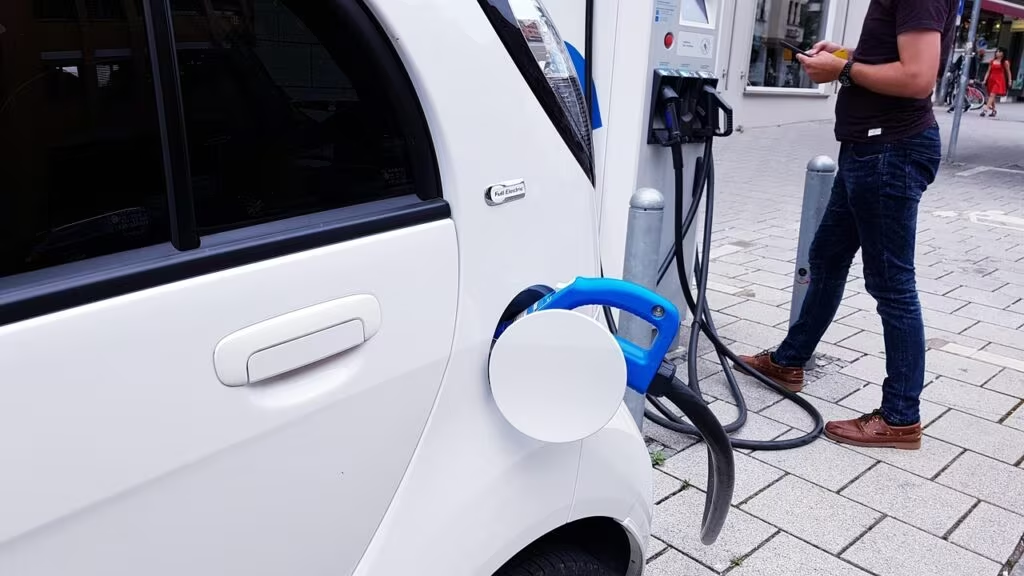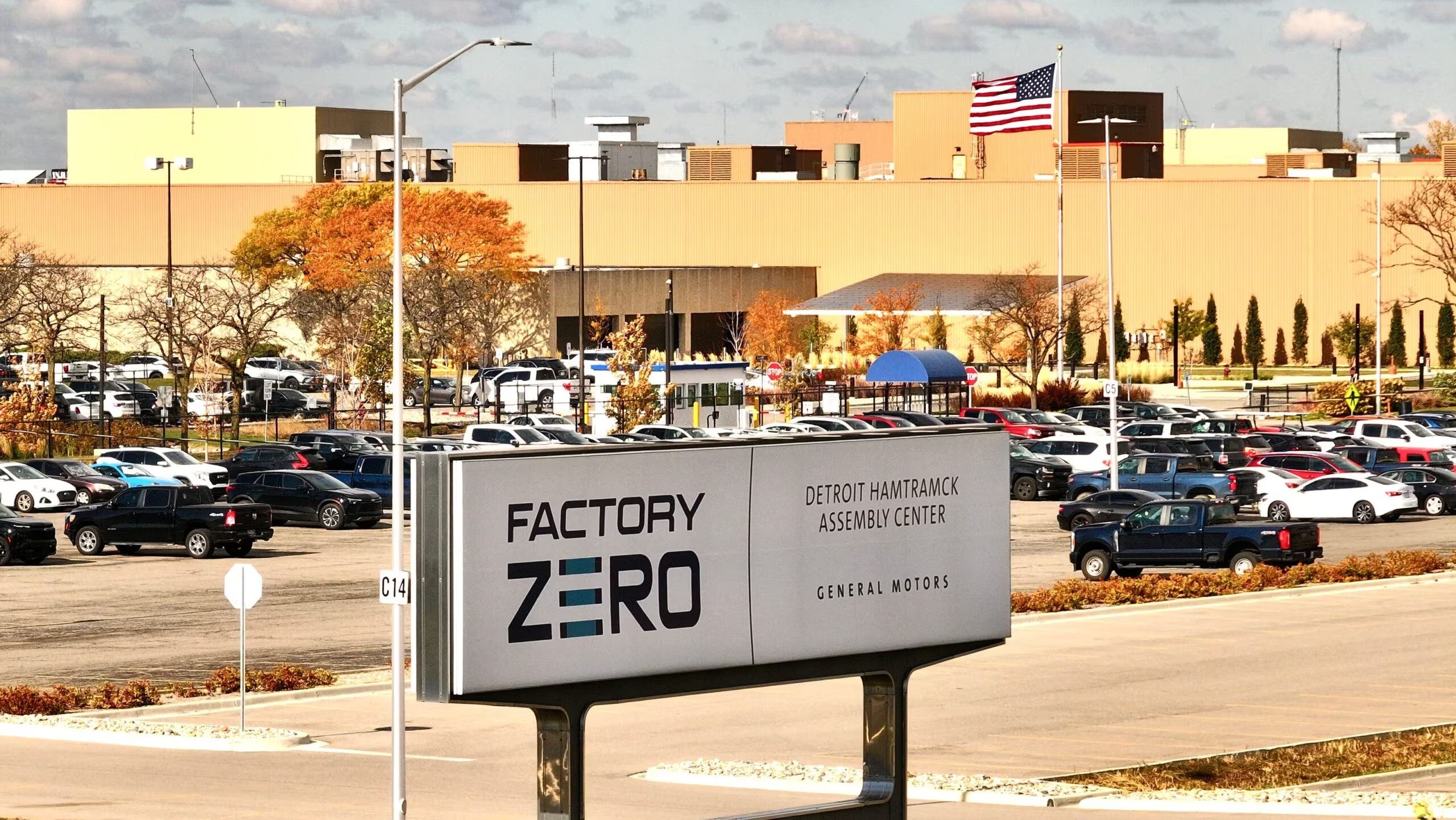General Motors Scales Back EV Production Amid Market Correction
General Motors (GM) has announced significant job reductions across its electric vehicle (EV) manufacturing footprint, highlighted by the layoff of approximately 1,200 workers at its flagship Detroit-area assembly plant. The move, which involves downsizing the facility from a two-shift operation to a single shift, is a direct response to the slowing U.S. electric vehicle market and rising inventory levels.
These cuts, which are effective around October 2025, signal a major recalibration of GM’s ambitious electrification timeline, reflecting broader industry challenges in matching production capacity with current consumer demand.
The Scale of the Reduction: Factory ZERO and Battery Facilities
The most substantial impact is being felt at the Factory ZERO Detroit-Hamtramck Assembly Center. This facility is crucial to GM’s EV strategy, producing high-profile vehicles built on the Ultium platform, such as the GMC Hummer EV and the Chevrolet Silverado EV.
The reduction of 1,200 jobs at Factory ZERO is a clear indicator that the pace of EV adoption is not meeting the company’s prior projections, necessitating a swift adjustment to production volume. The shift reduction will allow GM to manage inventory more effectively while continuing to ramp up the complex Ultium platform production process.

Beyond the Detroit assembly plant, the restructuring extends into the critical supply chain for electric batteries. GM confirmed that hundreds more jobs will be eliminated at its battery manufacturing sites located in Tennessee and Ohio. These facilities are part of the joint venture with LG Energy Solution, known as Ultium Cells, which is responsible for supplying the proprietary battery packs for GM’s next-generation EVs.
This two-pronged reduction—affecting both vehicle assembly and battery production—underscores a systemic adjustment across GM’s entire EV ecosystem.
Analyzing the EV Market Correction
GM’s decision reflects a growing consensus among automakers that the transition to EVs will be slower and bumpier than initially projected. While long-term demand remains positive, several immediate economic and logistical factors are dampening consumer enthusiasm in 2025:
Key Factors Driving the Slowdown
- High Interest Rates: Elevated interest rates continue to increase the cost of financing new vehicles, making the typically higher price tag of EVs less palatable for mainstream buyers.
- Infrastructure Anxiety: Concerns over the availability, reliability, and speed of public charging infrastructure (often referred to as ‘range anxiety’) remain a significant barrier to mass adoption, particularly outside major metropolitan areas.
- Price Sensitivity: Despite efforts to introduce more affordable models, many consumers are waiting for EV prices to drop closer to comparable internal combustion engine (ICE) vehicles.
- Inventory Buildup: As production capacity has increased rapidly, dealer lots are seeing higher inventory levels for certain EV models, forcing manufacturers to slow output to avoid costly overstocking.
This market correction is forcing GM and other legacy automakers to prioritize profitability and sustainable growth over sheer volume targets, especially as they invest billions into new platforms like Ultium.

Impact on GM’s Ultium Strategy
Factory ZERO was envisioned as the cornerstone of GM’s all-electric future, representing a $2.2 billion investment in retooling the facility. The move from two shifts to one, while painful for the affected workers, allows GM to maintain production quality and focus on the complex ramp-up of the Ultium platform.
This platform is central to GM’s strategy, designed to be scalable across a wide range of vehicles, from luxury Cadillac models to high-volume Chevrolet trucks. However, shifting to a single shift means that the full utilization of the plant’s capacity will be delayed.
For the affected employees, GM will likely adhere to the terms of its collective bargaining agreements, offering options such as buyouts, early retirement packages, or transfers to other GM facilities where demand for ICE vehicles or other components remains strong. The specifics of these options will be governed by negotiations with the relevant unions, including the UAW.
Key Takeaways for the Industry
This significant reduction in workforce and production capacity at GM’s key EV sites sends a clear message across the automotive sector:
- The EV Transition is Phased: The shift from ICE to EV will not be a straight line, but rather a series of adjustments based on real-world consumer behavior and economic conditions.
- Focus on Profitability: Automakers are shifting their focus from achieving ambitious volume targets to ensuring that each EV sold generates a healthy profit margin.
- Supply Chain Synchronization: The cuts at the battery plants demonstrate the need to synchronize battery production with actual vehicle assembly demand, avoiding costly overproduction of components.
- Labor Implications: Job cuts related to EV manufacturing highlight the ongoing labor challenges and the need for retraining and redeployment strategies as the industry evolves.
What’s Next
While the layoffs represent a short-term setback, GM remains committed to its long-term electrification goals. The company will use the single-shift operation at Factory ZERO to refine manufacturing processes, address any lingering quality issues, and ensure a smoother, more profitable ramp-up when market conditions improve.
Industry analysts anticipate that other major automakers may follow suit with similar production adjustments if high inventory levels persist into late 2025 and 2026. The current environment demands flexibility and a cautious approach to capital expenditure until consumer confidence and charging infrastructure catch up with manufacturing capability.
Original author: Summer Ballentine
Originally published: October 29, 2025
Editorial note: Our team reviewed and enhanced this coverage with AI-assisted tools and human editing to add helpful context while preserving verified facts and quotations from the original source.
We encourage you to consult the publisher above for the complete report and to reach out if you spot inaccuracies or compliance concerns.

